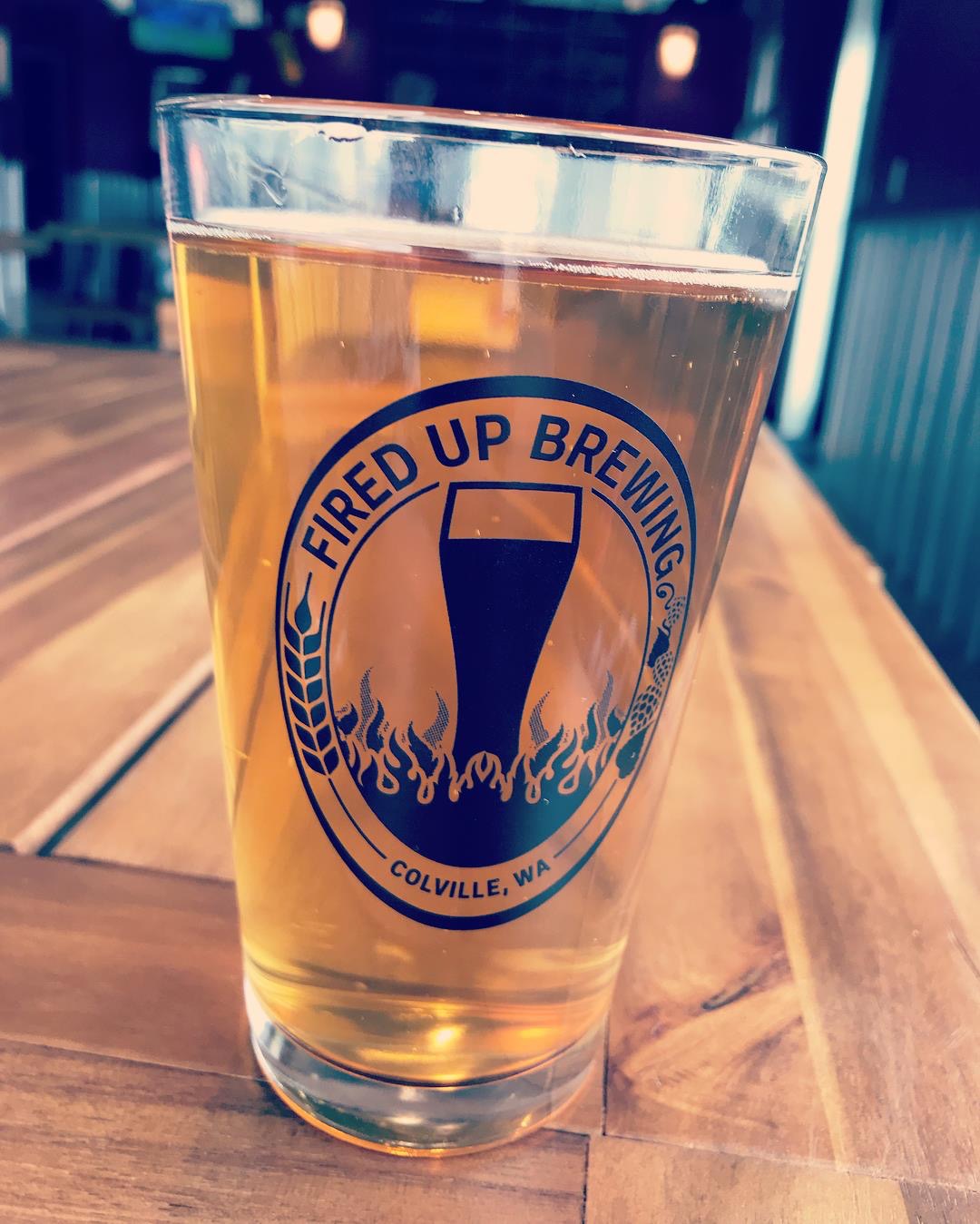Lighten Up! The light beer/microbrew conundrum
Tastes Great? Less Filling? The microbrewing world has long been a hostile environment for beers of the lighter variety, where hop-heavy IPAs look down their collective noses at the sessionable pilsners and such with fewer calories and lower alcohol content. “Light” beers have been a blue collar American staple since George Washington was brewing “small beer” at Mount Vernon. While Miller Brewing might claim the copyright to the first American “Lite Beer” (which was actually developed by Joseph L. Owades, a biochemist for Rheingold Breweries in Brooklyn, N.Y. who first made “Gablinger's Diet Beer”), it’s actually a science that has been practiced since contaminated water sources were fermented lightly enough to kill of pathogens before these “near beers” were served to the neighborhood kids.
While some of our communities may still face water concerns (eg. Northern Ales’ tongue in cheek “It’s better than the water!” slogan), most of us drink light beer these days because let’s face it, even the most hipster among us can do with a few less calories than your standard microbrew packs in. Plus who could look less image-concerned than someone in skinny jeans with a beard and a can of Busch Light?
But back to microbreweries, and more importantly, the local ones: One of the reasons that light brews are few and far between at small batch breweries is due to the complexity of brewing a barely-there beer that tastes good AND filters out the broad spectrum of flavor variabilities that come with using continuously changing ingredient formats and supplies. Making a light beer, it turns out, is heavy work.
With summer coming up, many of our thoughts and taste buds are turning towards lighter options, and while we might not have many true “light” beers on tap, we’ve got some pretty rad alternatives.
Up-and-coming Fired Up Brewing didn’t pull any punches when they decided to offer real live Bud Light on tap at their place in Colville. If that doesn’t distract most calorie concerned drinkers and rednecks, their Bear Creek Blonde gives a solid run at an easy drinking, light colored, lower alcohol content beer. It’s one of the closest things to a light that we’ve got around here at 4% ABV, and it’s good, to boot.
Northern Ales in Kettle Falls has been brewing a light-ish lager since their days of inception in Northport. Back then the “Etzel Lager” gave the local beer non-snobs something to look forward to after a long day on EPA clean ups. After Northern Ales’ migration to Kettle Falls, the aptly named Grouch Lager (ABV 3.5%) moved in as a permanent fixture, and a fan favorite.
Chewelah’s Quartzite Brewing’s lightest brew on tap is currently the Fool’s Prarie Kolsch, which still clocks in at a hearty 5% ABV.
Republic Brewing has a seasonal Golden Lily Lager on tap which is 5.4% ABV, and a Bavarian Weizen 5.2%, both strong enough to knock them out of the light beer category (traditionally under 3.5% ABV), but as far as summer beers at a microbrewery goes, they’re lighter and more refreshing than some of their more dense counterparts.
The Pour House in Colville usually has several lighter-variety beers to choose from on tap as well, you can check out their updated list here.
Fired Up’s Bear Creek Blonde
